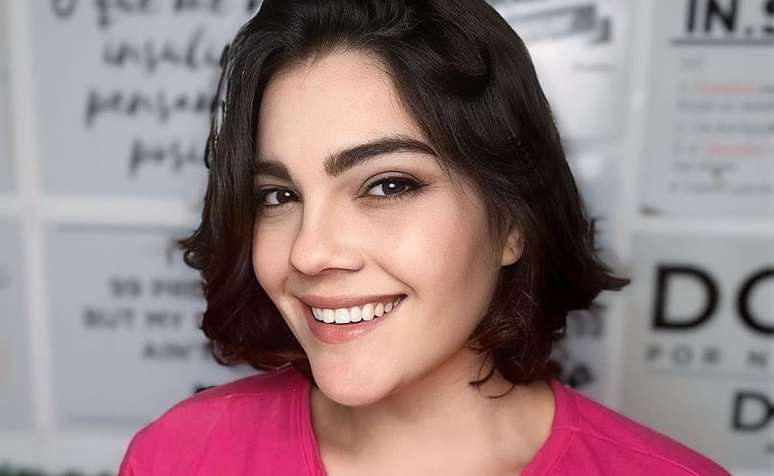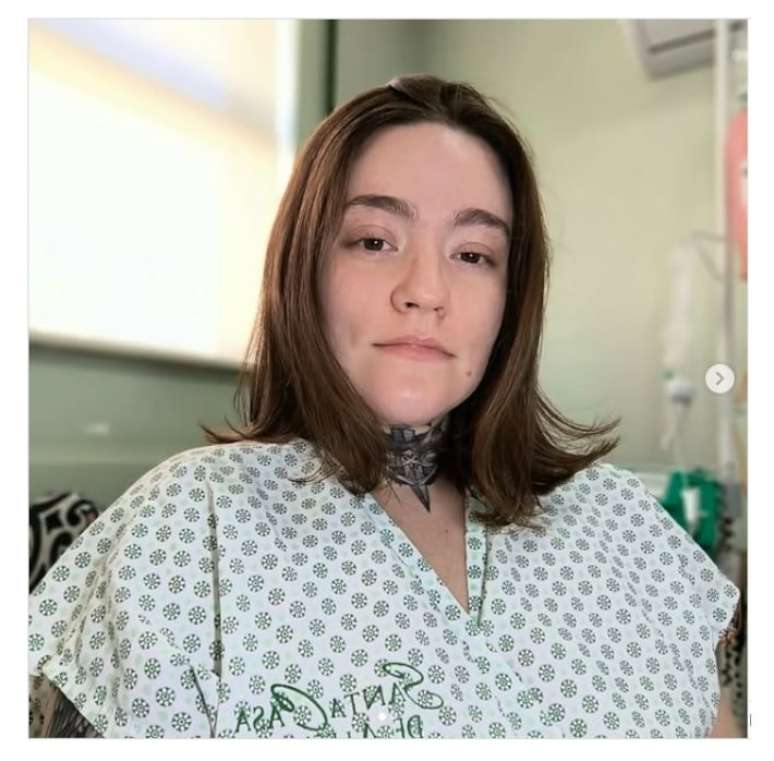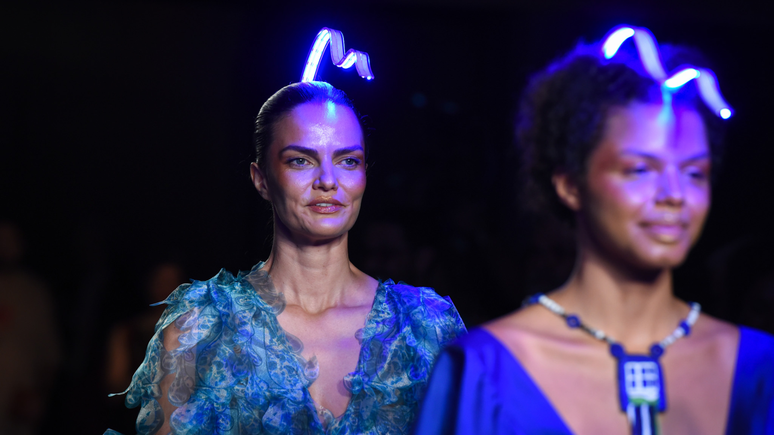Beatriz Scher turned her diagnosis into fuel to create a community that raises awareness about the disease
Summary
According to the IBGE, there are 20 million diabetics in Brazil, which can be type 1 or 2. At the end of April, the company Biomm opened a new insulin factory in Minas Gerais, promising to meet national demand. The influencer Beatriz Scher has created an online community to raise awareness of the disease and the SUS offers free insulin to those who already have the diagnosis, but the pumps are expensive and the only free way is to fight in court
According to the survey recently released by IBGE, through the results concluded from the 2022 census, the Brazilian population has approximately 20 million diabetics. According to the IDF (International Diabetes Federation), an organization that brings together more than 240 diabetes associations in more than 161 countries and territories, Brazil is in 5th place in the world ranking of countries with the highest number of people suffering from diabetes in general and in 3rd place when it comes to type 1 diabetes.
Although the pathology is common among Brazilians, the lack of diagnosis is still a reality and presents numerous health risks, while the demand for insulin is also constantly growing.
At the end of April, the Biomm insulin factory was inaugurated in Minas Gerais. The new unit will be responsible for resuming production of the hormone in the country after 20 years of dependence on imported products. The company also promises to be able to meet the national demand for insulin, as it plans to produce around 20 million refill units. . of insulin glargine every year.
Example of influencer
The lack of information and access to free treatment has fueled the Cariocas Beatriz Scher create a virtual community to raise awareness about the disease. Diagnosed with type 1 diabetes at the age of six, the “diabetes influencer” now has 50,000 followers on her social networks, a channel through which she shares everything from simple content on how to use an insulin pump to deeper topics, such as the social integration of those diagnosed with the disease.
His Internet boom began when Scher talked about free treatment obtained through the government, through legal action, and which privately would have cost him more than R$ 20,000.
“When I wanted to change my insulin pump for a more modern one, I started researching the topic on the internet, but all the content I found came from abroad. I couldn’t find any blogs or influencers that covered its use of treatments and other data related to the world of diabetes in Brazil. My insulin pump would cost more than R$20,000 privately, but I got it for free through a lawsuit, since the SUS only provided me with the pen in the same condition as my a this information and, by searching, they could find a channel that provided all the step-by-step instructions on how to obtain and use this treatment, this is how @biabética was born,” comments the 30-year-old from Rio.
Different types of diabetes
There are two different types of the disease, type 1, Beatriz disease, – which is an autoimmune condition diagnosed mainly in children and adolescents – and type 2, known as diabetes mellitus, which is more common. Type 1 is caused by the destruction of insulin-producing cells, following a defect in the immune system, in which antibodies attack the insulin-producing cells, and occurs in approximately 5-10% of diabetics. Type 2, on the other hand, results from insulin resistance and a deficiency in its production by the pancreas and occurs in approximately 90% of cases.
“It is natural that during puberty there is an imbalance in hormone levels and this led me to have frequent episodes of hyperglycemia, that is, when glucose increases too much. This caused a lot of glycemic instability. By switching to insulin pump treatment, my blood sugar levels became more stable and I gained much more independence and freedom,” says Scher.
But not everyone is as lucky as Beatriz, who obtained through a lawsuit the right to have an insulin pump provided by SUS – Unified Health System. These devices cost around R$20,000 and are not funded by the government. It is estimated that today in Brazil there are 20 million diabetics, of which 10% are people suffering from the same pathology as Beatriz, who depend on insulin to survive.
Since March 2017, the National Commission for the Integration of Technologies in the SUS (Conitec) has incorporated two new technologies for the treatment of diabetes, insulin injection pen, into the SUS to provide better application convenience, ease of transportation, storage and handling and greater assertiveness in dose adjustment, and rapid-acting insulin analogues, which are insulins similar to human insulins, but with small changes in the molecules, which have been made to change the way insulins work in human body, especially in relation to the time of onset of action and duration of the effect.
According to the Ministry of Health, for those who have already been diagnosed with diabetes, the SUS offers free, complete and free assistance in basic care, developing prevention, detection, control and pharmacological treatment actions, including insulin. However, although the government has made insulin injection pens available, the pumps that would promote a much higher quality of life for the more than 588 thousand Brazilians dependent on the substance continue to cost a lot and the only way to obtain a device of the kind for free is still fighting in court.
inspires transformation in the world of work, in business, in society. Compasso, a content and connection agency, is born.
Source: Terra
Ben Stock is a lifestyle journalist and author at Gossipify. He writes about topics such as health, wellness, travel, food and home decor. He provides practical advice and inspiration to improve well-being, keeps readers up to date with latest lifestyle news and trends, known for his engaging writing style, in-depth analysis and unique perspectives.






![Tomorrow belongs to us: What awaits you on October 14, 2025, Tuesday, October 14 [SPOILERS] Tomorrow belongs to us: What awaits you on October 14, 2025, Tuesday, October 14 [SPOILERS]](https://fr.web.img4.acsta.net/img/3a/6b/3a6b6c830f9faa61c326457b86fe9dcd.jpg)

